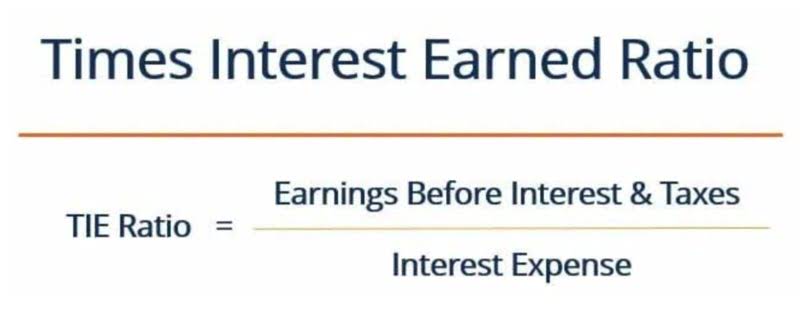
The seller is always responsible for paying export customs clearance in the country of origin when agreeing to use FOB, as they have to get the goods cleared and “free” for the buyer. The suitability of FOB depends on several factors, including the nature of the goods, the reliability of carriers, and the buyer’s logistical capabilities. FOB is QuickBooks ProAdvisor ideal for buyers who have experience managing freight logistics and prefer to maintain control over shipping and insurance arrangements. The term FOB always includes the name of the port of shipment (e.g., FOB Shanghai, FOB Hamburg). This specifies the exact location where the seller’s responsibilities end and the buyer’s begin. Under Incoterms® 2020, risk transfers to the buyer once goods are loaded onto the vessel.

Practical Examples of FOB terms
Under this term, the supplier handles the loading of goods onto the carrier, while the buyer is responsible for arranging and financing transportation from the factory to the final destination. In modern domestic shipping, the term is used to describe the time when the seller is no longer responsible for the shipped goods and when the buyer is responsible for paying the transport costs. Ideally, the seller pays the freight charges to a major port or other shipping destination and the buyer pays the transport costs from the warehouse to his store or vendors. The significance of FOB lies in determining who bears the risk and cost of transportation.
What Is CBM in Shipping and How to Calculate It

DAP, however, shifts ownership and responsibility at the buyer’s specified destination, while the seller pays all the costs and risks until unloading. Meanwhile, DAP places more responsibility on the seller for the transport costs, streamlining the delivery process to the buyer’s designated destination. For businesses engaged in international trade, comprehending the FOB point is vital for managing shipping expenses and overseeing logistical operations effectively. The FOB point determines which party bears the transportation costs from the origin to the port or terminal.
How FOB Point Affects Shipping Costs and Pricing
- For sellers, FOB is advantageous when they want to limit their responsibilities to the port of shipment.
- While the exact nature of the contractual arrangements between buyers and sellers is as varied as there are buyers and sellers, the basic document is typically a purchase order or a sales order.
- “Freight collect” refers to the legal fact that the buyer is responsible for the freight charges.
- Understanding the differences between each is as simple as knowing how much responsibility the buyer and supplier assume under each agreement.
And since the obligation of the seller is only till the port, the export customs is the seller’s outlook. They’ll be the one carrying out export custom procedures and bearing all the related charges. The Incoterm FOB or Free on Board is an international freight and legal term that determines the point at which the transport obligation shifts from the seller to the buyer.
Disadvantages of FOB Destination

Maybe you’ve seen it on your bill of sale(s), indicating when you become liable for a shipment and setting your responsibility to it. How each of these terms function when you are shipping freight will depend on the FOB destination and the shipping point. Use of this rule is restricted to goods transported by sea or inland waterway. But it’s good practice for either the buyer or seller to obtain China freight insurance.
What’s the significance of knowing The Bottom Line on FOB?
Stay informed, stay proactive, and let FOB work to your advantage in the dynamic realm of international trade. Businesses must choose between these shipping terms based on their needs and risk tolerance. For instance, companies seeking cost savings may prefer FOB Origin to offload responsibilities early in shipping. Conversely, businesses prioritizing quality control might shipping point opt for FOB Destination to oversee goods until receipt. FOB Destination signifies the seller retaining responsibility for goods until they reach the buyer’s designated location.
FOB is only used in non-containerized sea freight or inland waterway transport. As with all Incoterms, FOB does not define the point at which ownership of the goods is transferred. FOB Origin is where the buyer assumes responsibility for goods upon shipment initiation.
The seller must handle all the preparations for shipment up to the point of loading. This includes domestic transportation, export packing, and managing any export customs formalities. Ensure the goods are properly packaged for balance sheet sea transport, as they must withstand the rigors of ocean shipping.
Unlike FOB shipping, the supplier is not required to ensure the safe movement from port to ship. With FOB shipping point, ownership of goods is transferred to the buyer once they leave the supplier’s shipping point. Of the 11 different incoterms that are currently used in international freight, Free on Board (FOB) is the one that you will encounter most frequently. What is FOB shipping, how does it differ from other incoterms, and when should you use it? With the advent of e-commerce, most commercial electronic transactions occur under the terms of « FOB shipping point » or « FCA shipping point ». By utilizing our easy-to-use self-service tools, you can efficiently manage your shipping strategy.
Here is more detail about FOB, beginning with common transportation terms you may encounter. We will also explore steps you can take to deal with FOB issues at your business. Transportation Insight clients and prospects often ask the meaning of the acronyms. There’s a lot of questions around shipping terms like FOB Origin, Freight Collect. Once the delivery is unloaded in the receiving country, responsibility is transferred to you.

